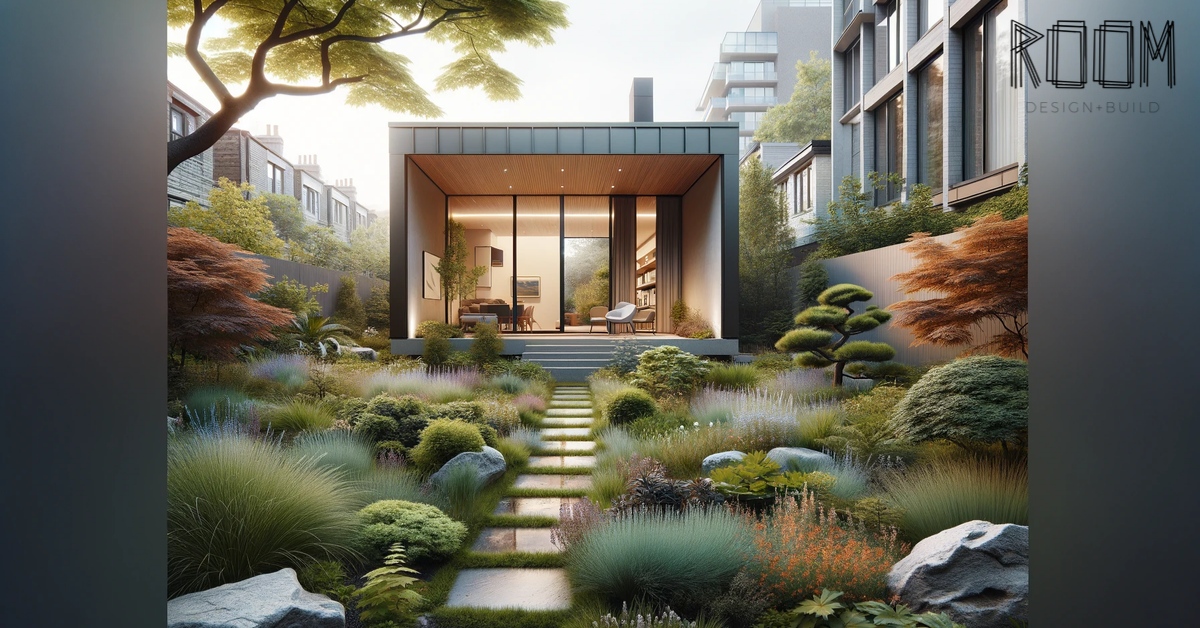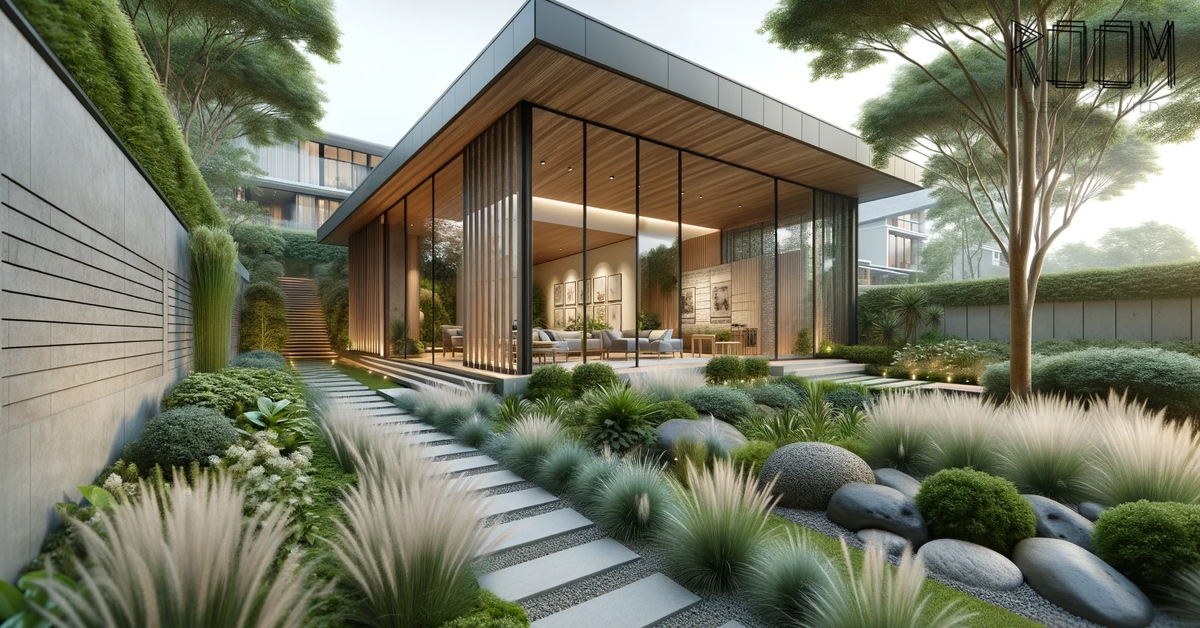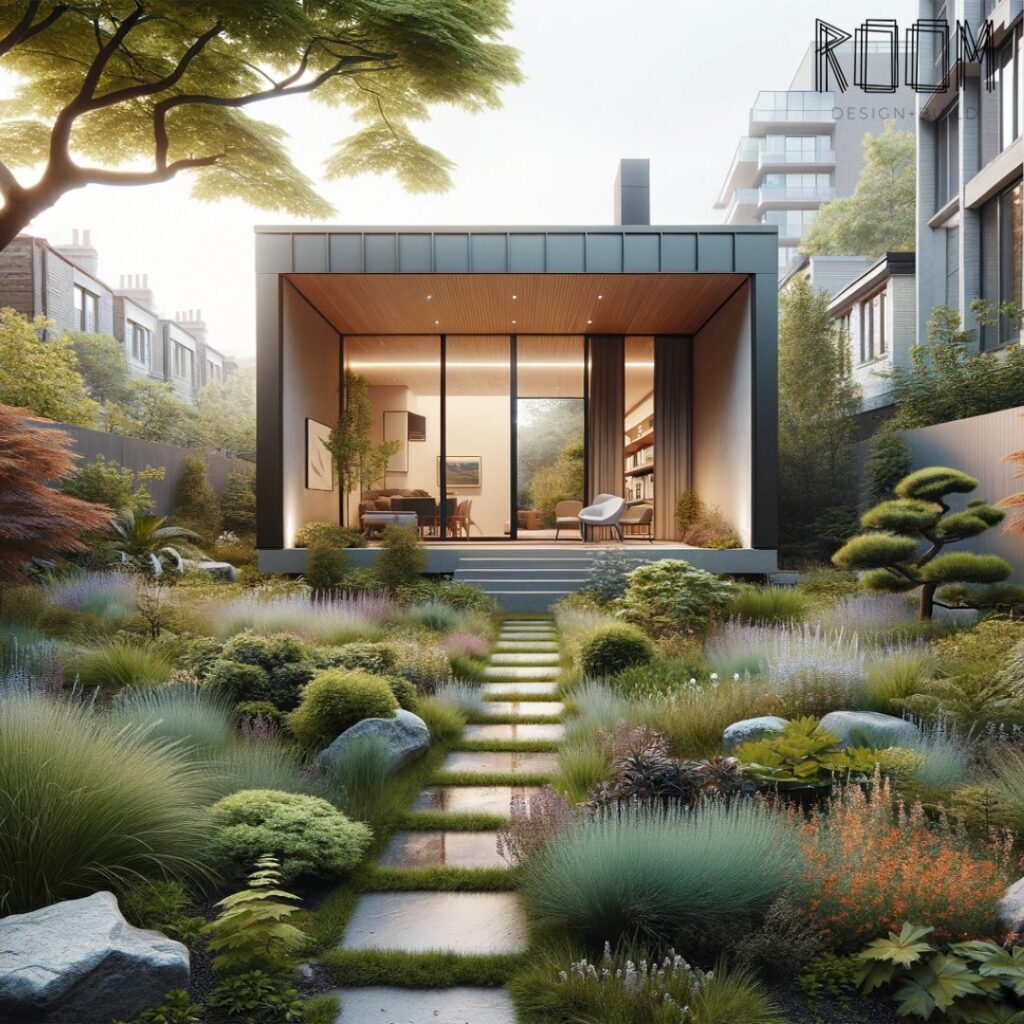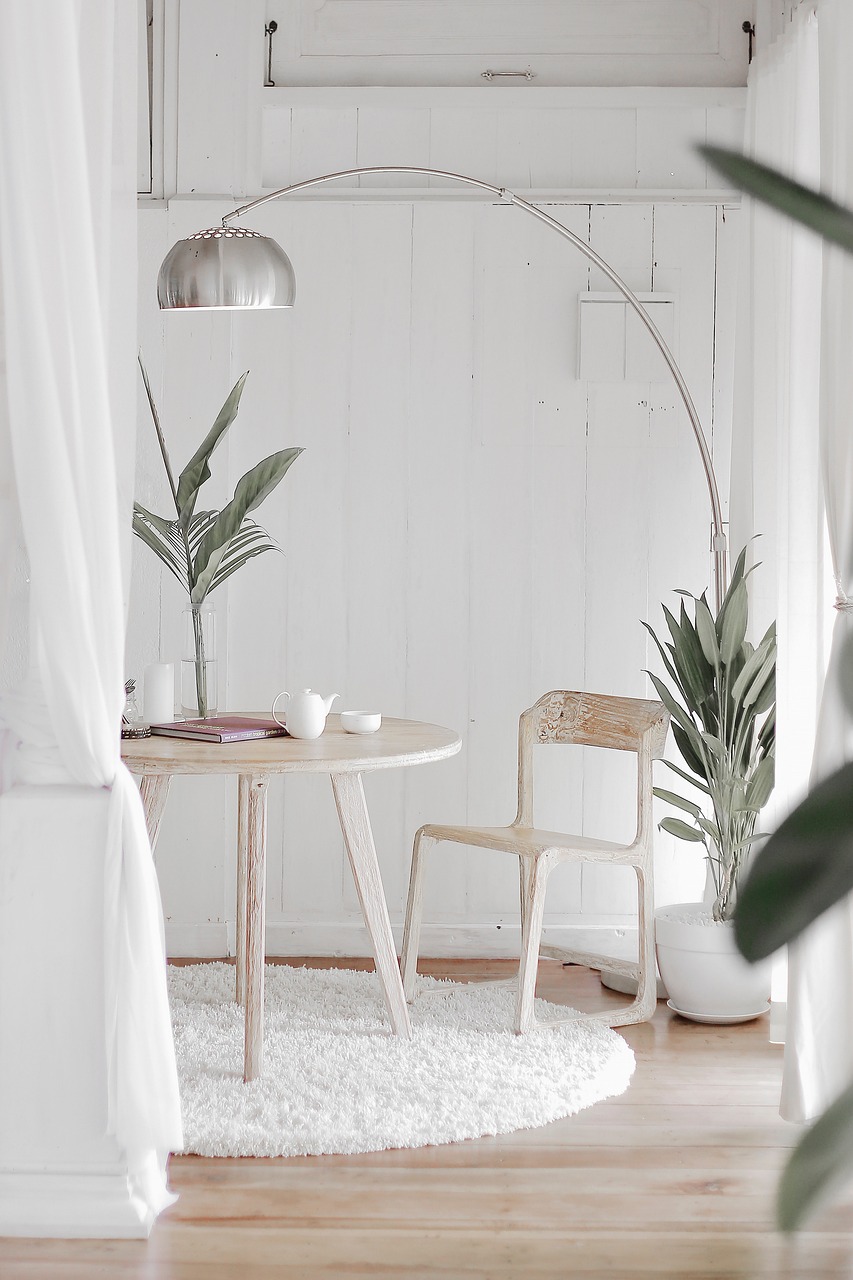Toronto faces a growing housing crisis, with flat prices soaring and housing availability decreasing. Garden suites and laneway suites present innovative, cost-effective solutions. These alternatives allow property owners to use their land to create new living spaces. This article explores these housing options’ economics, benefits, and appeal.
What Are Garden Suites?

Garden suites are detached secondary dwellings located in the backyard of a primary residence. They serve as modest, self-contained housing units that fit seamlessly into existing neighborhoods. These suites provide an excellent option for housing family members, generating rental income, or adding workspace.
Benefits of Garden Suites
Garden suites offer multiple advantages:
• Increased Housing Flexibility: They introduce more housing options within urban areas.
• Economic Benefits: Owners can generate rental income, increasing their property’s value.
• Enhanced Privacy: Located away from the main residence, they offer privacy to occupants.
• Community Integration: They maintain the character of neighborhoods while adding density.
Implementing Garden Suites in Toronto
The City of Toronto recognizes garden suites as part of its Expanding Housing Options in Neighborhoods (EHON) initiative. In February 2022, amendments to the Official Plan and Zoning By-law were adopted, allowing garden suites across most residential zones in Toronto. This move aims to increase the city’s housing supply and variety.
The Garden Suite: Overview and Financials

Key Features and Financials:
• Size: Up to 600 sqft
• Soft Costs: About $40,000 (permits, design, insurance)
• Hard Costs: Around $260,000 (construction, finishes)
• Total Investment: Approximately $300,000
• Cost Per Square Foot: $500
What are the Required Processes for the Garden Suite?
Understand the Regulations
First, familiarize yourself with the City of Toronto’s official plan and zoning by-law amendments specific to garden suites. These regulations outline the permissible locations, sizes, and other construction parameters for garden suites. Toronto’s Expanding Housing Options in Neighbourhoods (EHON) initiative provides a comprehensive framework.
Assess Your Property
Evaluate your property to determine if it meets the criteria for a garden suite. Consider factors like backyard size, access, and existing structures. You might need a professional assessment to ensure your property complies with the specific requirements set by the city.
Design Your Garden Suite
Work with an architect or a designer who has experience with Toronto’s regulations on garden suites. Your design should comply with size, height, and setback regulations while also considering privacy, accessibility, and integration with the existing neighborhood’s character.
Obtain Necessary Permits
Submit your garden suite plans to the City of Toronto for review. This will likely involve a building permit and possibly other permits or approvals depending on your project’s specifics. Ensure all your documentation is complete to avoid delays.
Choose a Builder
Select a contractor experienced in constructing garden suites or secondary dwellings. They should be familiar with Toronto’s building codes and the specific challenges of building in urban backyards.
With permits in hand and a builder selected, you can begin construction. This phase includes site preparation, foundation work, construction of the structure, and installation of utilities. Regular inspections by city officials may be required to ensure compliance with the building code and permit conditions.
Final Inspection and Occupancy
Upon completion, a final inspection by the City of Toronto is necessary to obtain an occupancy permit. This step verifies that the garden suite is built according to the approved plans and meets all safety and building standards.
Enjoy Your Garden Suite
Once you pass the final inspection, your garden suite is ready to be occupied. Whether you’re using it for family, renting it out, or for personal use, garden suites offer a versatile addition to your property.
More information can be found on the Canadian government website.
Important Considerations:

• Community Input: Engage with your neighbors early in the process. Addressing their concerns proactively can smooth the permitting process.
• Sustainability: Consider incorporating green building practices and materials to reduce environmental impact and potentially lower operating costs.
• Legal and Financial Advice: Consult with legal and financial advisors to understand the implications of adding a secondary dwelling to your property, including taxes, insurance, and potential rental income.
Building a garden suite in Toronto requires careful planning, adherence to local regulations, and coordination with construction professionals. By following these steps, homeowners can successfully add a valuable and flexible living space to their property, contributing to the city’s broader goals of increasing housing options and diversity.
Room Design Build is an architectural design and build firm located in Toronto. If you need more information on design and build, contact us today and learn how we can help you.
The information provided above is of a general nature and should not be considered as advice. Each transaction or situation is unique and requires specific advice to meet your specific needs. Therefore, if you have questions about residential and commercial construction, consulting with an expert in the field is recommended.




[…] a garden suite project in Mississauga is streamlined with pre-approved […]
[…] Garden suites, with their efficient use of space and compliance with local regulations, offer small businesses a unique opportunity to thrive. By adopting these pre-designed structures, businesses can avoid the complexities typically associated with construction projects, allowing them to focus more on growth and less on logistics. This article delves into the various types of garden suites available and identifies the businesses that stand to benefit most from incorporating these versatile spaces into their operations. […]
[…] Mississauga, expanding your residential property with a garden suite can be a strategic addition. Garden suites, often seen as a clever way to maximize property use and value, are becoming increasingly popular […]
[…] process. The changes will allow homeowners in specified urban zones to easily add units like garden suites and laneway houses, thereby boosting property value and contributing significantly to the […]